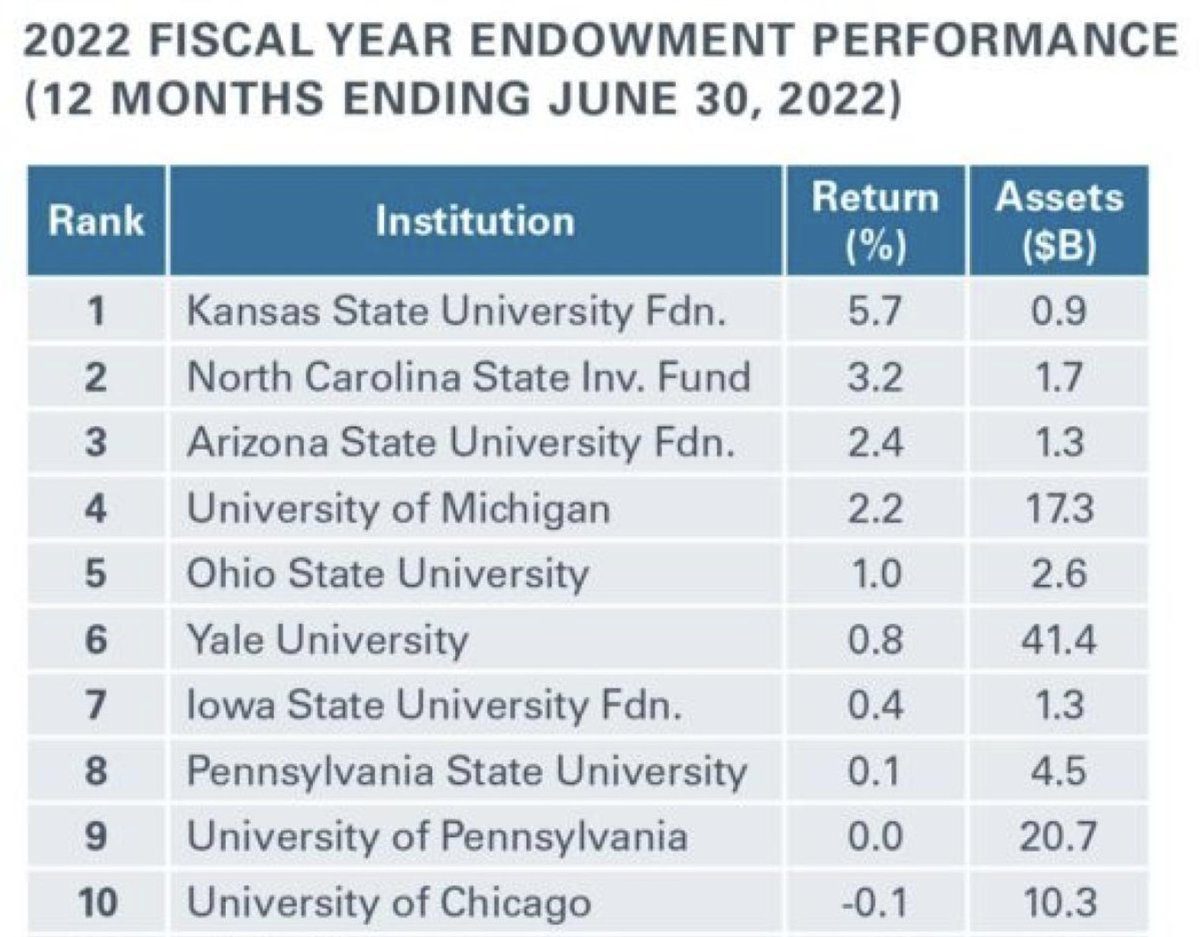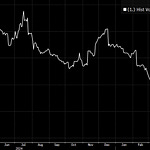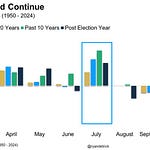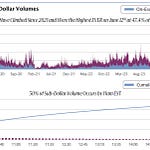To investors,
The economic pain that has rippled through the economy over the last 15 months is hard to quantify with a single metric. Thankfully, there are multiple data points from Q4 2022 being published in the last week or so, which gives us a better understanding of what is happening across markets.
First, funding for venture capital funds has fallen off a cliff. Given the collapsing valuations, and the general apprehension in deploying dollars into a rising interest rate environment, a decrease in LP commitments would be expected. But the magnitude of the decrease is what is so shocking.
Berber Jin wrote in the Wall Street Journal:
“Venture firms raised $20.6 billion in new funds in the fourth quarter. That was a 65% drop from the year-earlier quarter and the lowest fourth-quarter amount since 2013, according to data firm Preqin Ltd., which tracks venture-fund data. The amount was also less than half the level raised in the preceding three months, the first time fundraising volumes decreased from the third to fourth quarter since 2009, the data show.
Fund backers, known as limited partners, invested in 226 venture-capital funds in the fourth quarter, the fewest for that time period since 2012, the Preqin data show. By contrast, they backed 620 funds in the last three months of 2021, when technology stocks peaked.”
One cause of this nine-year low in venture fundraising is LP’s risk aversion at the current moment, but a larger cause is likely to be fewer venture funds trying to raise capital during tumultuous times. As valuations and markets are more uncertain, venture funds deploy less capital. As venture funds deploy less capital, they have enough dry powder to deploy when ready, so they don’t need to raise new funds. If venture capitalists aren’t raising new funds, LPs don’t have as many opportunities to invest in the venture asset class.
Just as supply chain disruptions caused numerous second and third order effects, slower deployment of venture dollars from VCs will have numerous unintended consequences as well.
Venture capitalists aren’t the only group of people who are being affected by the current environment though. The 2022 results for university endowment financial returns has been published and the picture is not pretty. Only eight endowments in the entire country made money on a nominal basis last year and zero — yes, you read that right….zero! — endowments made any profit on a real return basis.
This is mind-boggling to think about. These are investment professionals who spend all their time trying to drive profits. The lack of performance is less a judgment of the endowment teams and more a perfect example of how difficult it is to invest during a chaotic, uncertain economic environment. During 2022, there was nearly nowhere to hide if you were managing any material amount of money.
The negative impact is not exclusive to institutions however. Bloomberg recently conducted a survey asking people how much money they believed they would need to retire with ease. The majority of respondents claimed the target range would be $3 million - $5 million for retirement.
This is a large leap in expectations from citizens who previously believed they would need less than $1 million to retire comfortably. A combination of living longer with an accelerated annual erosion of purchasing power has led to hundreds of percent increase in the amount of money that retirees feel they need. Wild.
This doesn’t tell the full story though. There is even more data coming out now that is revealing something bigger and crazier…














